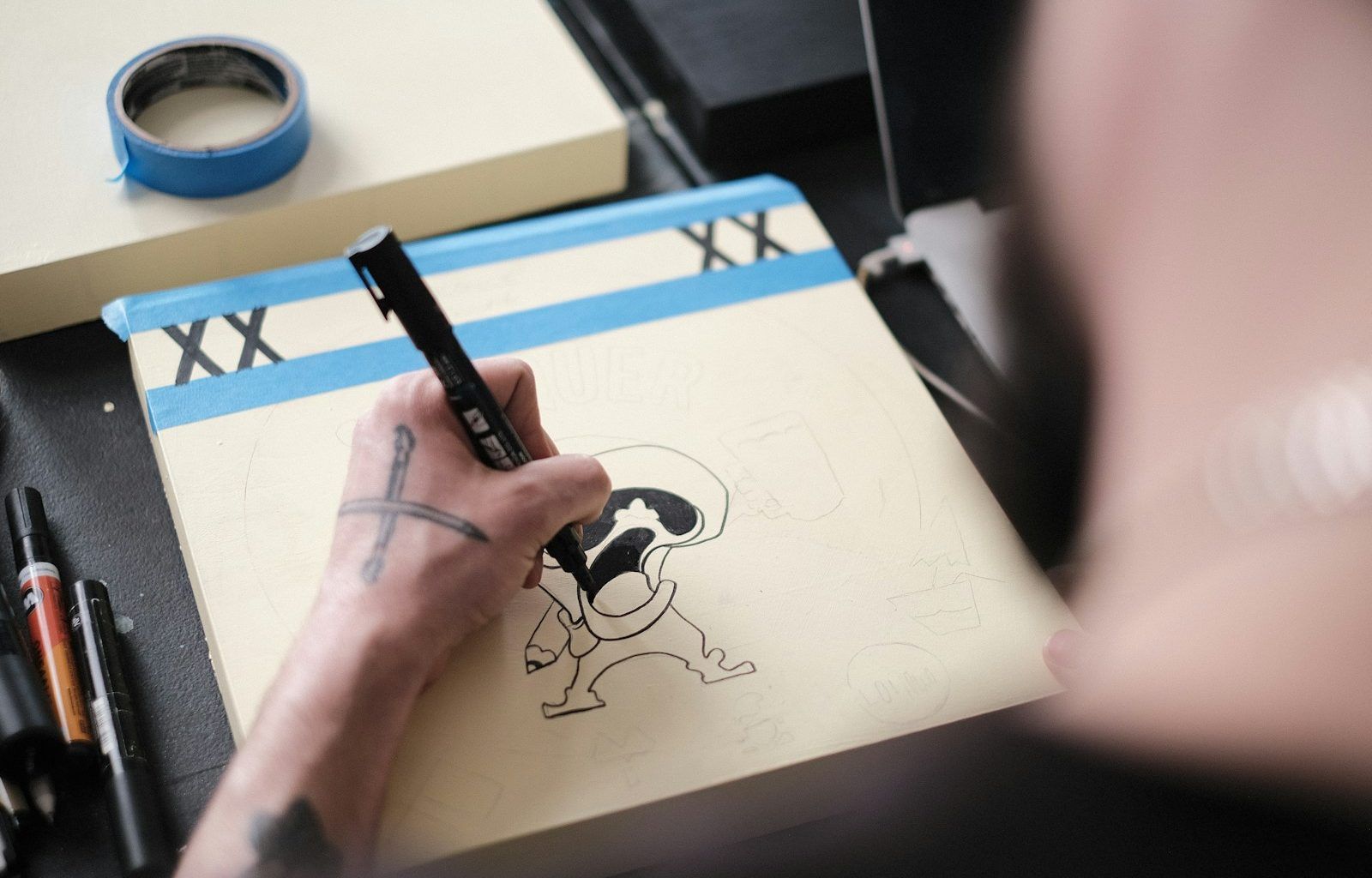When it comes to collaborations in the music industry, having a clear understanding and agreement between all parties is crucial. One of the most common tools to ensure clarity is a side artist agreement. If you’re wondering what that is and why it’s important, you’re in the right place. Let’s dive into it and break everything down in simple terms.
What is a Side Artist Agreement?
A side artist agreement is a contract between a primary artist or producer and a featured artist. It outlines the terms of their collaboration. For instance, if you’re a singer and you’re invited to feature on someone else’s song, you’ll likely encounter this agreement. It ensures that both parties know what’s expected of them and how the song’s profits, credits, and rights will be handled.
Think of it as a handshake, but written down and legally binding. It protects everyone involved, preventing misunderstandings and ensuring fair treatment.
Why Do You Need One?
Collaborations in music are exciting, but they can also get complicated. Without a proper agreement, disputes can arise over who owns the song, how royalties are shared, or how credit is given. A side artist agreement sets these things in stone.
For example, imagine you’ve just finished recording an amazing track with another artist. Everything feels great, but then questions arise: Who gets the bigger share of royalties? Can you both perform the song separately at your concerts? What happens if the song becomes a hit? These questions, if left unanswered, can lead to conflicts. Having a written agreement helps avoid such issues.
Key Elements of a Side Artist Agreement
To make a good side artist agreement, here are some essential points it should cover:
1. Parties Involved
This includes the names of everyone participating in the collaboration. It’s important to clearly define the roles of the primary artist, producer, and featured artist.
2. Scope of Work
Specify what the featured artist will do. Are they singing a verse? Adding background vocals? Playing an instrument? Clarify this upfront.
3. Credits
Who gets credited and how? The agreement should outline whether the featured artist’s name will appear in the song title or just in the liner notes. Proper credit is not only a matter of recognition but also affects future opportunities.
4. Royalties and Payments
How will profits be split? Will the featured artist get a flat fee, a percentage of royalties, or both? This section ensures transparency about money matters.
5. Rights and Ownership
Who owns the song? Typically, the primary artist retains ownership, but the featured artist’s contribution must also be acknowledged. This is especially crucial when discussing licenses and future usage.
6. Promotional Responsibilities
Will the featured artist be expected to promote the song? If so, how much? Include any commitments like social media posts or appearances.
7. Exclusivity
Is the featured artist allowed to collaborate with other artists on similar songs during a specific time frame? This can help protect the uniqueness of the project.
8. Termination or Modification
What happens if one party decides to back out or if changes need to be made? This section provides a roadmap for handling disputes or unexpected changes.
Benefits of a Side Artist Agreement
Using a side artist agreement has countless advantages:
- Clarity and Transparency: Everyone knows what’s expected and how things will be handled.
- Protection: It safeguards the interests of both parties.
- Avoiding Legal Disputes: By having everything documented, you can prevent conflicts and costly legal battles.
- Strengthening Relationships: When all parties feel secure, it fosters trust and collaboration.
Common Scenarios Where You’d Use One
Here are some situations where a side artist agreement might come into play:
- A rapper invites a singer to add a hook to their track.
- A DJ wants a vocalist to collaborate on a remix.
- A producer brings in a session musician to contribute to a recording.
- Two artists collaborate on a duet for a single release.
In all these cases, the agreement sets the foundation for a smooth partnership.
How to Create a Side Artist Agreement
You might think creating such an agreement is complicated, but it doesn’t have to be. Here’s a step-by-step guide:
- Discuss Terms: Sit down with your collaborator(s) and discuss what each of you wants.
- Write It Down: Use plain language to describe the terms, or consult a legal professional.
- Include All Key Elements: Make sure you cover everything from roles to royalties.
- Get Signatures: Once everyone agrees, sign the document. You can use e-signatures for convenience.
- Keep a Copy: Store the agreement in a safe place for future reference.
Pitfalls to Avoid
While creating a side artist agreement, steer clear of these common mistakes:
- Being Too Vague: Ambiguity can lead to disputes.
- Skipping the Money Talk: Don’t shy away from discussing finances.
- Ignoring Future Scenarios: Plan for success (or failure) to avoid surprises later.
- Not Seeking Legal Advice: While it’s tempting to DIY, a legal expert can catch potential issues you might overlook.
Final Thoughts on Side Artist Agreements
A side artist agreement is a must-have for anyone working in the music industry. Whether you’re an established artist or just starting out, this simple document can save you from headaches and ensure that your collaborations are fair and successful.
If you’re planning to collaborate on a track soon, take the time to draft a solid agreement. It’s an investment in your career and your peace of mind. Remember, good music is about harmony—and that includes your professional relationships too.
Now that you’re equipped with all this knowledge, you’re ready to take your music collaborations to the next level. So go ahead, create amazing tracks, and let your talent shine!
Related Articles:
For further reading, explore these related articles:
- Chris King: A Journey Through His Music, Life, and Influence
- The Ultimate Guide to Linkin Park Hit Songs
For additional resources on music marketing and distribution, visit DMT RECORDS PRIVATE LIMITED






